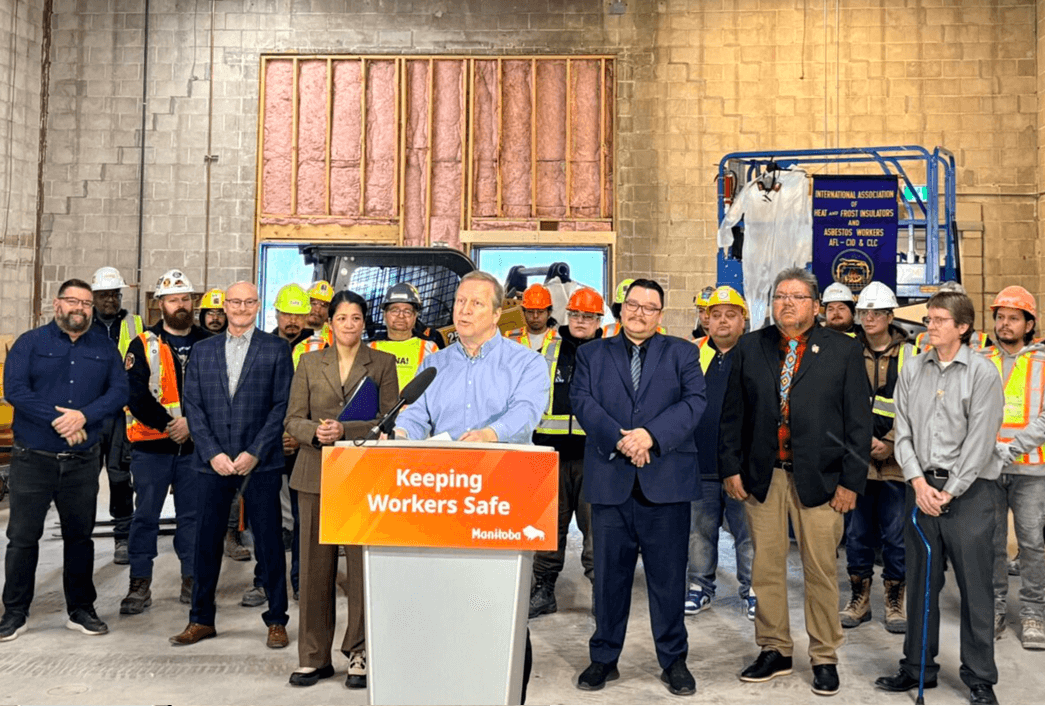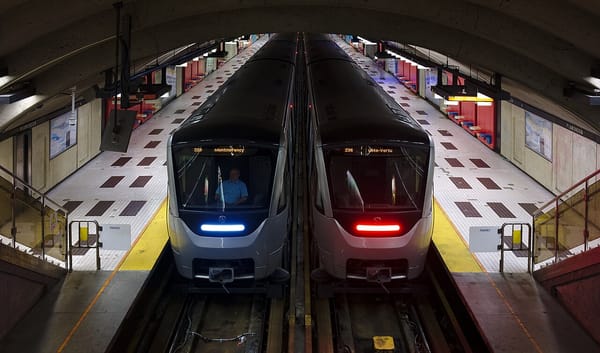
On September 6, flight attendants resoundingly rejected the wage proposal that ended their recent “illegal” strike at Air Canada. Workers turned down the deal by over 99 per cent, with nearly 95 per cent of members voting.
After courageously striking in defiance of the federal government’s back-to-work order on August 16, this overwhelming “no” vote is yet another act of resistance.
Flight attendants made clear that a 16 to 20 per cent pay increase over four years is simply not good enough when it means still earning less than the federal minimum wage in practice.
These union members voting down what would likely have been considered an exceptional deal some years ago also conforms to a pattern of workers rejecting tentative agreements and demanding more. A post-pandemic cost-of-living crisis has raised worker expectations across sectors and industries.
Yet, as I wrote two weeks ago, the ratification process at Air Canada was unique and unorthodox. Rather than voting on the entire tentative agreement, union members were only able to weigh in on the wage package, with a “no” vote sending the matter to arbitration. All other provisions of the contract, including new rules related to ground pay, were “locked in” and thus not subject to arbitration in the event of a contract rejection.
This set up a situation in which it was irrational for members to vote “yes” on the deal. With all other contract items set in stone, workers could safely bet that an arbitrator wouldn’t impose wages lower than those on offer – and would likely improve their pay, if only marginally. There was simply no downside to voting against the agreement.
This helps explain why flight attendants thumbed their noses at what many believed was a precedent-setting deal.
It may also be the case that by voting “no,” some portion of members were registering their dissatisfaction with the way the strike was settled. Not long after the union agreed to end the strike and the details of the tentative agreement went public, some flight attendants were already expressing their displeasure and indicating that they’d vote against the deal.
By only allowing members to vote on wages, CUPE leadership curtailed internal democracy and may ultimately face blowback from members as a result. So why would the union agree to structure the settlement and ratification vote in this way?
To understand that, we need to consider the full implications of the government’s use of s.107 of the Canada Labour Code in this case.
When CUPE and its flight attendants defied the federal government’s back-to-work order on August 16, they made a strategic calculation. The union correctly assessed that it had the capacity to continue striking, despite Liberal Minister of Jobs and Families Patty Hajdu’s invocation of s.107. The union called the government’s bluff and was able to force Air Canada back to the bargaining table.
However, because the government never instructed the Canada Industrial Relations Board (CIRB) to withdraw the order, the union also faced the real possibility that if a deal wasn’t reached quickly, the board would file for an injunction and the courts would begin imposing significant fines and perhaps even jail time for union leaders.
Returning to the “illegal” strike – whether because of a failure to reach an agreement with Air Canada on August 18 or because of a failed ratification vote down the line – meant exposing the union to the full wrath of government’s legal repression.
In other words, despite briefly confronting the government’s use of s.107, the order remained the Damocles’ sword hanging over the union.
CUPE’s leadership, in the Air Canada Component and at the national level, likely considered the risks of further job action too high and attempted to secure the best deal they thought was possible under these circumstances.
With the union unwilling to countenance a resumption of strike action, arbitration became the venue for addressing unresolved issues in the event that workers should reject the tentative agreement.
The prospect of arbitration, however, created a dilemma for CUPE.
As the union explains in a primer about the arbitration process for its members, arbitrators are guided, among other things, by a principle of gradualism. This means that they are mostly unwilling to impose “breakthrough” provisions that deviate substantially from the previous collective agreement. But in this labour dispute, one of the workers’ primary demands – ending unpaid ground work – was precisely such a “breakthrough” issue.
The union thus knew that securing ground pay through arbitration would be difficult. There was no guarantee that CUPE could make a strong enough case in arbitration that flight attendants’ need for ground pay should outweigh the principle of gradual change.
The union thus agreed to a settlement that “locked in” ground pay, starting at 50 per cent of workers’ hourly pay for at least one hour per flight, in order to protect this gain from the conservatism of arbitration.
Of course, this also allowed the union to say that it secured this victory through bargaining. After all, the public messaging during the strike centred on the importance of negotiating a settlement, not having one imposed through arbitration and a back-to-work order.
All of this suggests that pronouncements about the death of s.107 are likely premature. Although flight attendants’ laudable act of defiance forced Air Canada to bargain a deal of sorts, it did not in fact compel the government to restore workers’ full rights to a collective bargaining process free of government interference.
Workers deserved and should have been legally entitled to vote on a complete tentative agreement and to go back out on strike if they democratically decided that was necessary.
Plainly, that is not what they got.
Instead, the union and employer will now enter mediation and arbitration. A period of mediation will determine if the parties can agree on a wage package, a highly unlikely outcome. From there, the parties will enter binding arbitration where flight attendants’ wages will be settled, with no further input from union members.
Disgruntled flight attendants have plenty to be angry about.
Yet the fight is far from over.
Recent Class Struggle Issues
- September 8 | Public Servants In British Columbia Are On Strike
- September 2 | Air Canada Flight Attendants May Vote Down The Wage Package
- August 25 | Air Canada Flight Attendants Have Made Labour History
- August 18 | Chrétien-Era Austerity Levels May Soon Return Under Carney







